Longing for lasting weight loss? With unhealthy diet fads becoming a thing of the past, many people are now turning to the macro diet for weight loss. Instead of counting calories or restricting your food intake, this method requires you to carefully calculate your macronutrients, to ensure you’re giving your body exactly what it needs. Interested in finding your happy weight, without saying no to the foods you love? Read on to discover how to calculate your macros, plus some great meal ideas to get you started…
Nutrients are compounds in food that your body needs to maintain function and health. Put them together and you have macronutrients, the main sources of fuel your body needs every day. The Macro Method is a way of determining and tracking the optimum intake of macronutrients in order to meet your goal. Whatever your goal – weight loss, musclebuilding or simply fuelling yourself with a better quality of food – there’s a macro ratio to help you achieve it.
It’s not a one-size-fits-all diet though. You have to adapt the rules to fit your body’s needs. In return, you’ll be able to lose weight without deprivation, eating foods you enjoy and learn the skills you need to keep it off for life. One of the most common misconceptions about counting macros is that it’s just calorie counting under another name. That’s not quite true. Calorie counting assumes that all calories are equal and that 200 calories of sugar has the same effect on your body as 200 calories of chicken – but it doesn’t. If you eat 200 calories of sugar, it’s quickly metabolised into glucose. When glucose is released into the system, a hormone named insulin is released to move it to where it has to go. When glucose is released slowly, there is no problem with this.
Chicken is a high-protein food and protein is not turned directly into glucose, which means little insulin is released when you eat it. This prevents the blood sugar rise and fall that you’d get from sugar. Macro counting does start by working out your daily calorie needs, but once you’ve used them in this calculation, you don’t really think about calories again. You focus solely on the amount of protein, carbohydrates and fat you consume. On average, with a balanced macronutrient profile, you can expect a weight loss of around 0.45-0.9kg a week. It’s slow and steady, but what’s important is that it’s a plan you can safely sustain for however long you need to lose your desired amount of weight.
How do I calculate my macros for weight loss?
- Calculating your basal metabolic rate
- Adding in your activity
- Calculating the calories to meet your goal
- Determining your macros
- Converting to grams of food
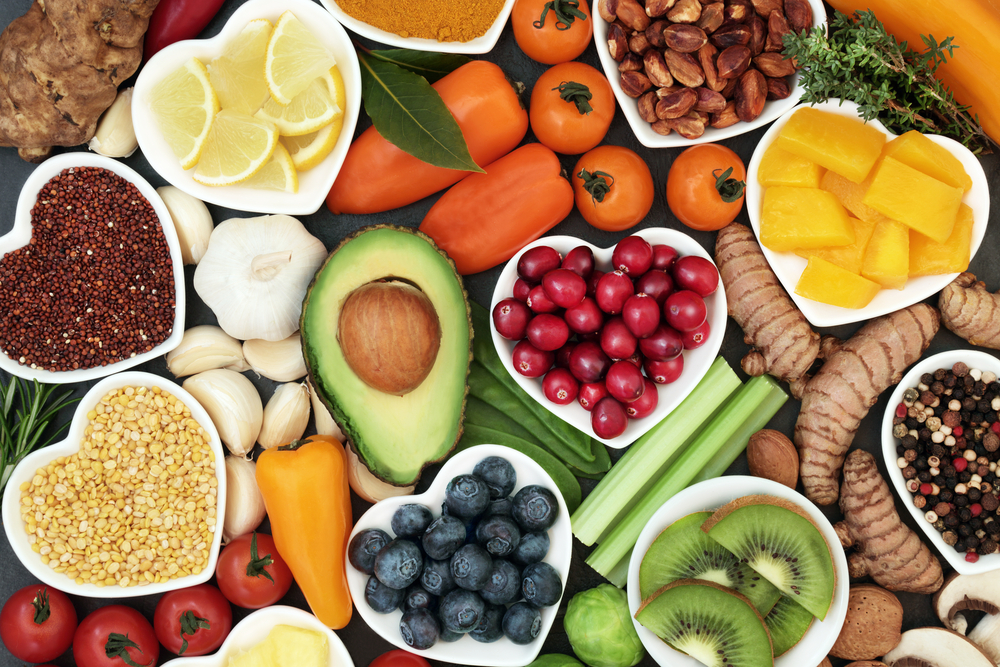
- 30 per cent of your daily calories come from protein
- 40 per cent of your daily calories come from carbohydrates
- 30 per cent of your daily calories come from fat.
- Protein: 30 per cent of 1,490 =447 calories
- Carbohydrates: 40 per cent of1,490 = 596 calories
- Fat: 30 per cent of 1,490 = 447calories
- 447 = 112g protein
- 596 = 149g carbohydrates
- 447 = 50g fat
You can think of your personal macros as a bit like having a daily amount of money to spend. It’s up to you how you use it, but some investments might be better than others.
How to make counting macros easier as a beginner
- Spend a Sunday or another day you’re free coming up with five or six days of breakfasts, lunches and dinners.
- Batch cook for the week ahead. Calculate the macros for single servings of one-pot or cook-ahead meals, such as chilli, stews, soups, curries, burgers or Bolognese sauce, and make big pots of them. Freeze in individual portions and rotate through your week.
- Make sure you have protein at every meal. It’s usually the hardest macro goal to meet. Breakfast is likely to be the meal you’ll have to tweak the most. Good high-protein breakfast foods include eggs, cheeses, Greek yoghurt, turkey bacon, tofu, protein-boosted cereals, protein shakes, nuts and seeds.
- Always have 2% or full-fat Greek yoghurt in the house as it’s a good way of increasing all three macros fast should you need to. Cottage cheese is also a good emergency food that ticks a lot of macro boxes.
Best foods for weight loss
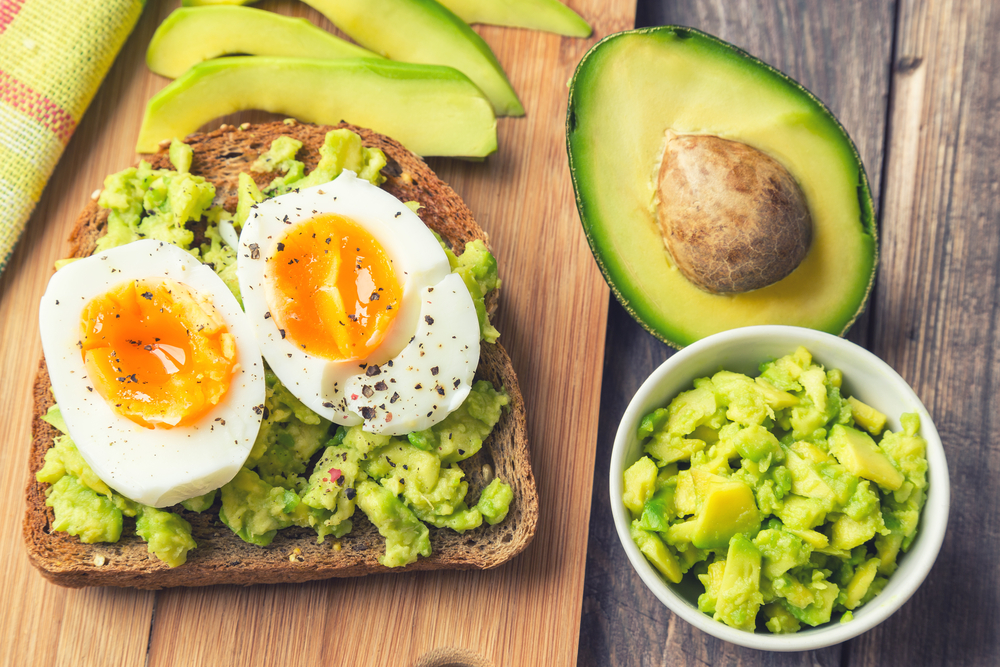
Macro diet: the best protein choices for weight loss
- Eggs
- Oily fish
- Poultry
- Reduced-fat milk, cheese and yoghurt – with no sugar
- Shellfish
- Tinned fish
- Vegetarian/vegan proteins– Quorn, seitan, tofu and tempeh
- White fish
Macro diet: the best carbohydrate choice for weight loss
- All vegetables
- All fruit
- Brown rice
- Grains – barley, buckwheat, bulgur wheat, couscous and quinoa
- High-fibre cereals
- No-sugar granola or muesli
- Oats and oatcakes
- Pasta – particularly wholemeal or spelt
- Sweet potatoes
- New potatoes and other potatoes with skin
- Wholegrain breads
- Wholemeal and seeded breads
Macro diet: the best fat choice for weight loss
- Avocados
- Flaxseeds
- High oleic sunflower oil
- Olive oil and olives
- Nuts
- Rapeseed oil
- Seeds
- Sugar-free nut butters
Free macro diet plan UK: launch your macro journey!
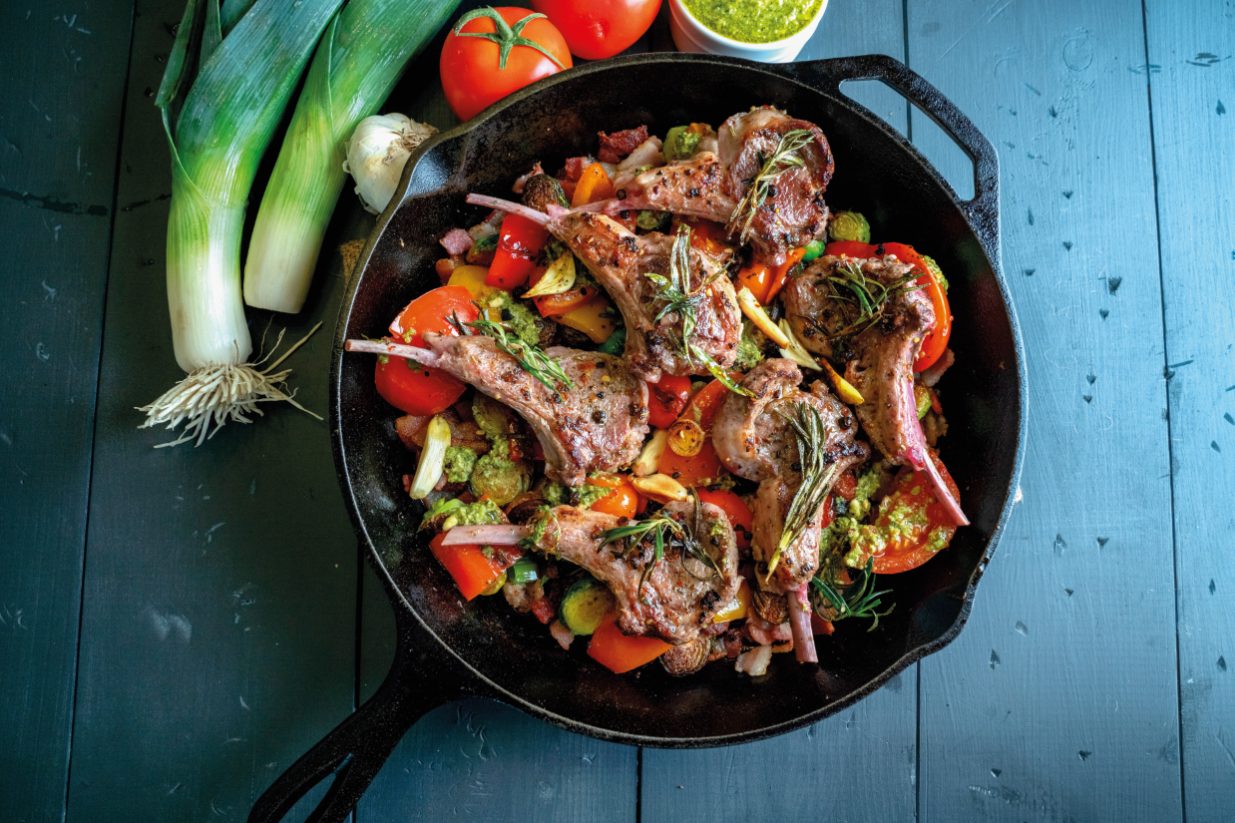
DAY ONE
- Protein 102g
- Carbohydrates 138g
- Fat 47g
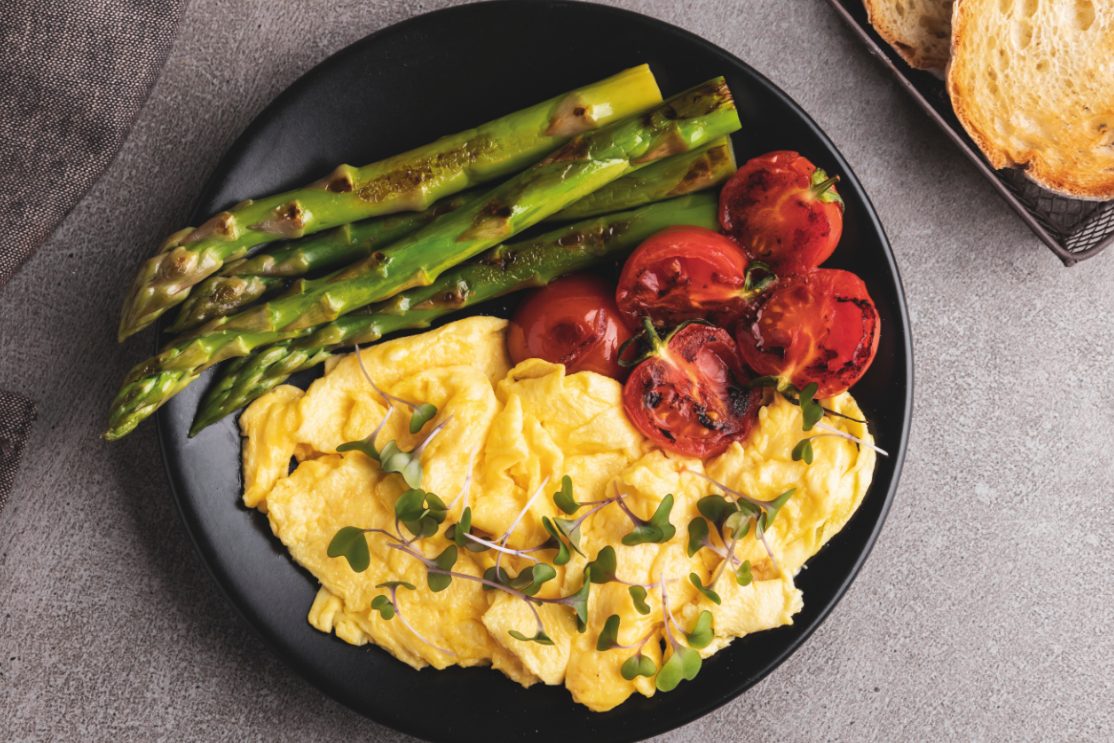
DAY TWO
- Protein 105g
- Carbohydrates 135g
- Fat 46g
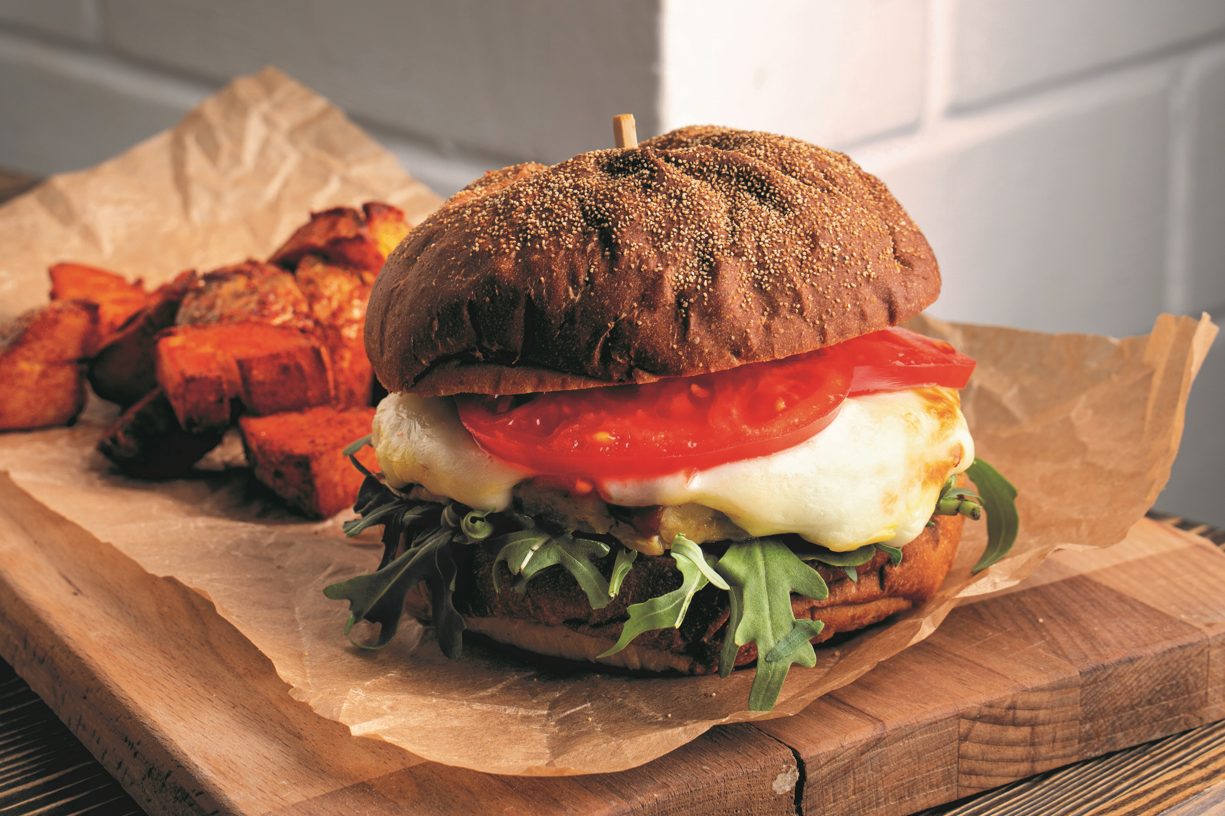
DAY THREE
- Protein 108g
- Carbohydrates 144g
- Fat 46g




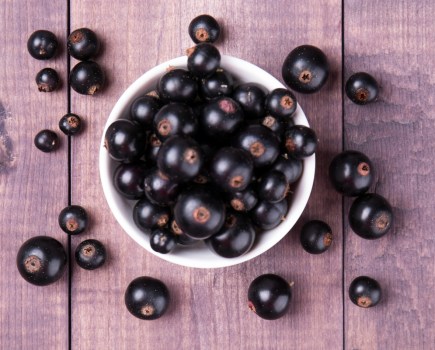




Find out more in The Macro Method: The science-backed approach to lasting weight loss by Helen Foster and Angela Dowden (£9.99, Octopus Publishing Group) is out now.